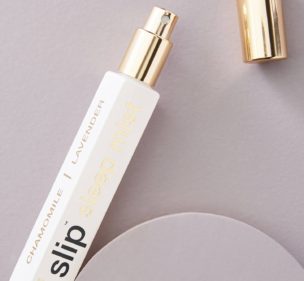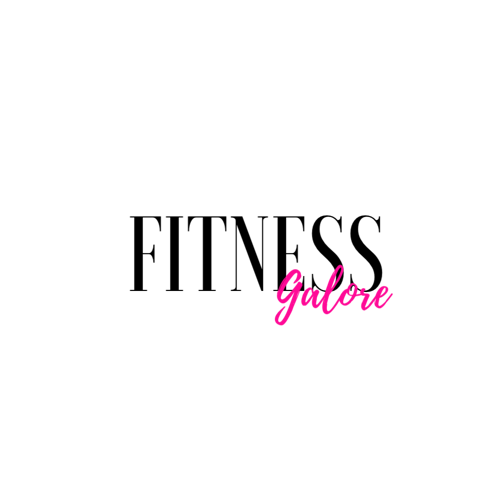Let’s Talk Sugar
November is American Diabetes Month, so let’s get some sweet-talk going. Let’s talk sugar!
When we think of sugar, most of us will think happy thoughts of birthday cakes, warm chocolate chip cookies, or a cold soda on a hot day. But, there is an ugly side to sugar we should be cautious of. Read more.
A diet that is high in added sugars can cause diabetes. Diabetes is affecting 26 million Americans and rising. High sugar diets can also lead to obesity, heart disease, high blood pressure, tooth decay, wrinkles, and acne.
Sugar may be sweet, but it’s not always sweet to our body. It’s an addictive substance that can do harm to our bodies if not used properly. It is important to know what kind of sugar and how much sugar will keep you living longer and healthier.
Added sugars versus natural sugars
Natural sugars are those found in fruit and milk. You may see them listed on the ingredients list as frustose and lactose.
Added sugars are any sugars or artificial sweeteners that are added to food during processing or preparation. These can include simple white or brown sugars, or other sweeteners that are chemically manufactured, such as high fructose corn syrup.
Fruit has been getting a bad reputation lately because it contains a lot of sugar. But, the nutritional value of fruit is far greater than eating processed foods that are high in added sugar but low in nutrients.
Sugars that are naturally found in fruits, vegetables, low-fat dairy, and whole grains make up a healthy diet and don’t need to be avoided. It is the added sugars we need to be aware of.
It may be obvious that packaged cookies, ice cream, candy, sodas, and snacks contain added sugar, but many processed foods contain hidden sugars we may not be aware of. A tablespoon of ketchup contains about 4 grams of sugar, and sports drinks can have up to 55 grams of sugar!
Other hidden sources of added sugar can be found in foods we think are healthy including energy bars, flavored yogurts, granola, salad dressings, fruit juice, crackers, and flavored oatmeal.
How much sugar is too much sugar?
Added sugars add additional calories and no additional nutrients to our food. Our bodies don’t need added sugars. The only benefit they provide is making our food taste better. So, for taste’s sake, it may be extremely difficult to completely eliminate sugar from your diet. The important thing is to be aware of how much added sugar you are consuming and limit it.
Here are some great tips to curb those sugar cravings.
The World Health Organization’s (WHO) recommended sugar intake, established in 2002, was that sugars should make up no more than 10% of your total caloric intake per day. New proposals from the WHO are now indicating that a sugar intake of less than 5% of your total caloric intake would be beneficial. Five percent is about 25 grams of sugar per day for an average adult.
The tricky part is that these suggested sugar limits do not distinguish between natural sugars (found in whole foods such as fruits and grains) and added sugars. When reading a nutrition label, the amount of sugars (in grams) is listed on one single line.
To address this concern, the U.S. Food and Drug Administration (FDA) has proposed that new ingredient labels should separate the amount of total sugars and the amount of added sugars in the product. This will help us to monitor our unhealthy sugar intake more accurately, without sacrificing the nutrient-dense whole foods that our body needs.
These two new proposals by the WHO and the FDA may help us make better food choices and reduce the negative effects of high-sugar diets. What you eat is what your body is going to use as fuel. By focusing on fresh, whole foods with less added sugars, you can have great-tasting food to fuel your body for a long time!
Ready to start fueling your body with less sugar? It can be a challenge to curb those sugar cravings, but it is worth the effort. For sugar-free recipes and accountability while changing your sugar-filled lifestyle, you can join the 7-day sugar detox challenge by signing up here.


















